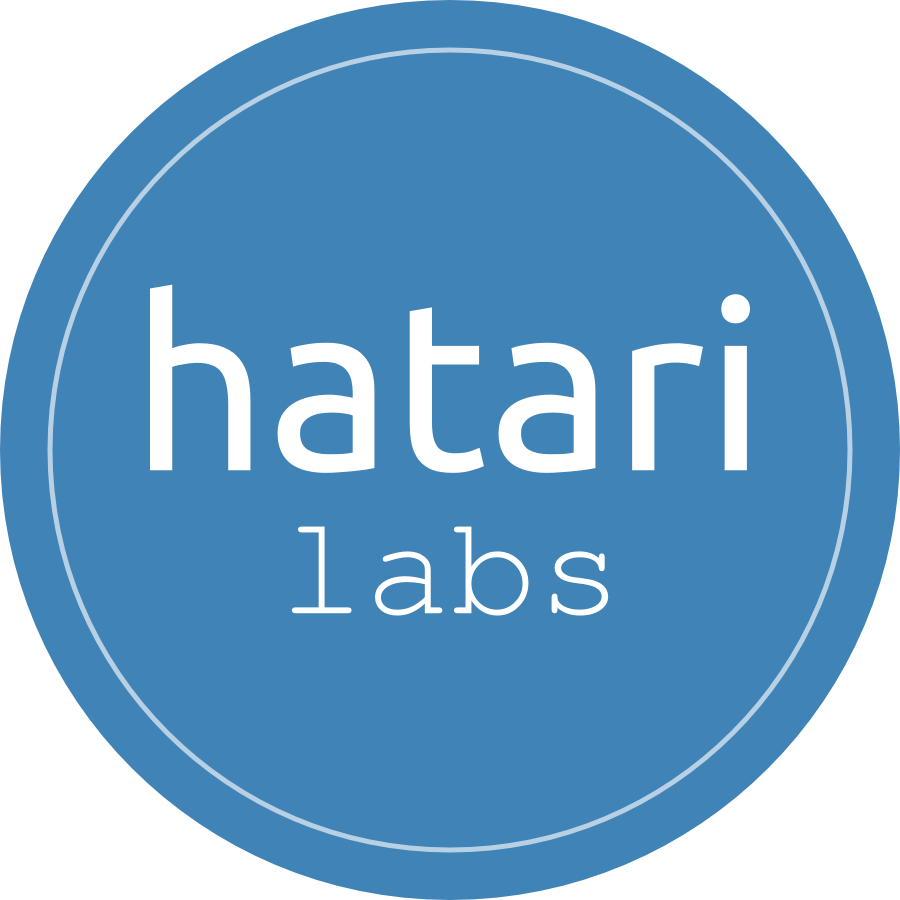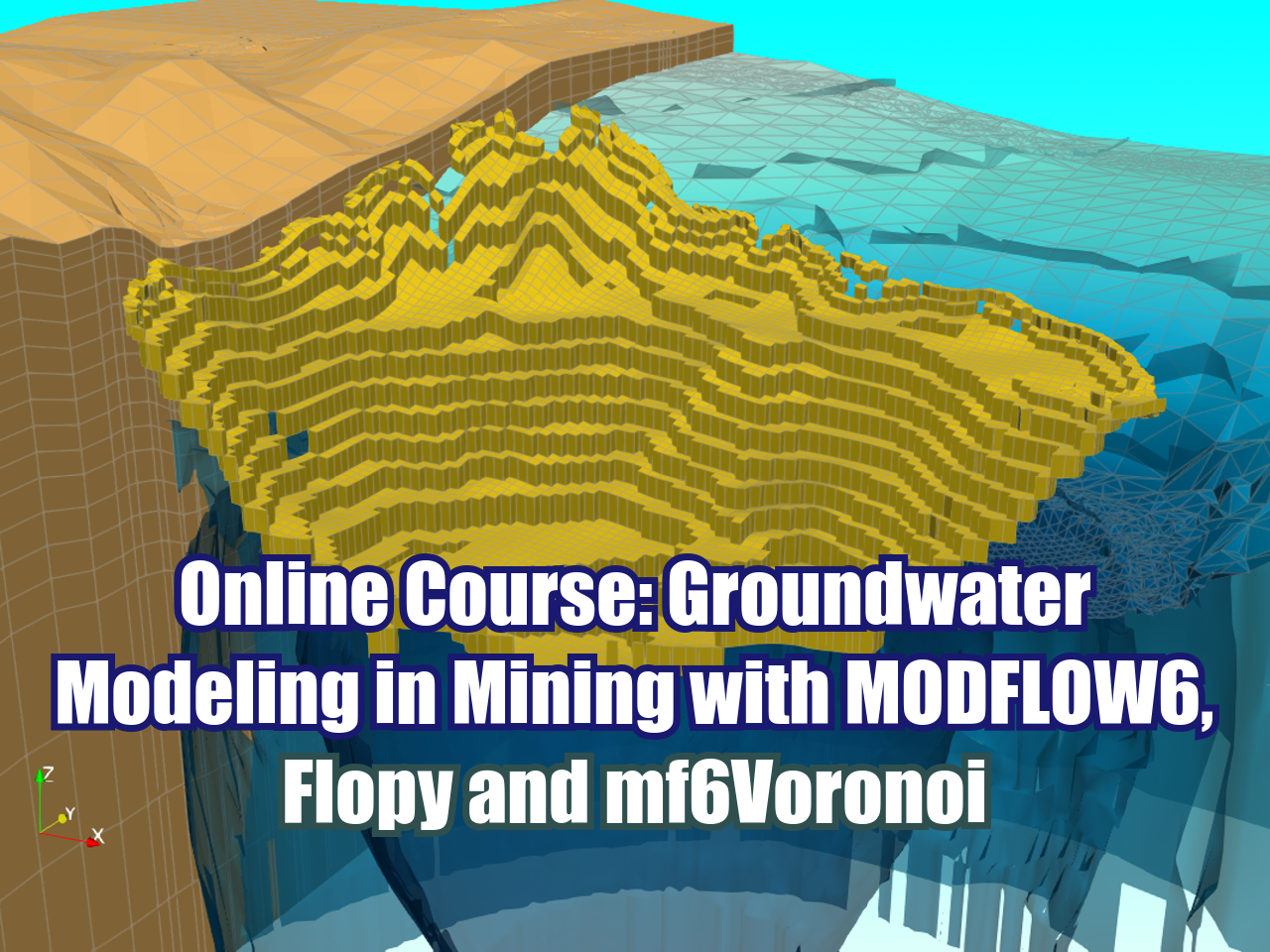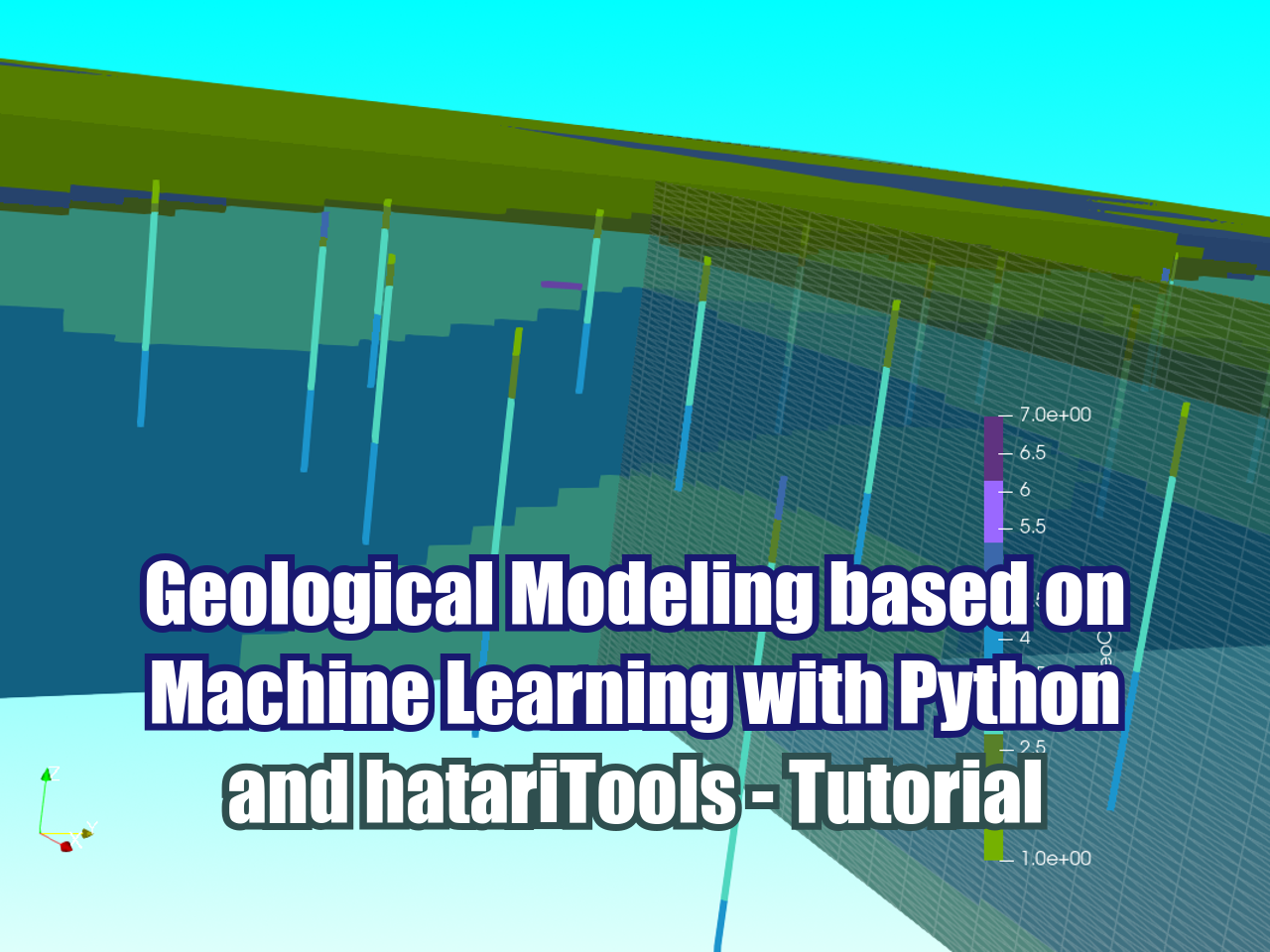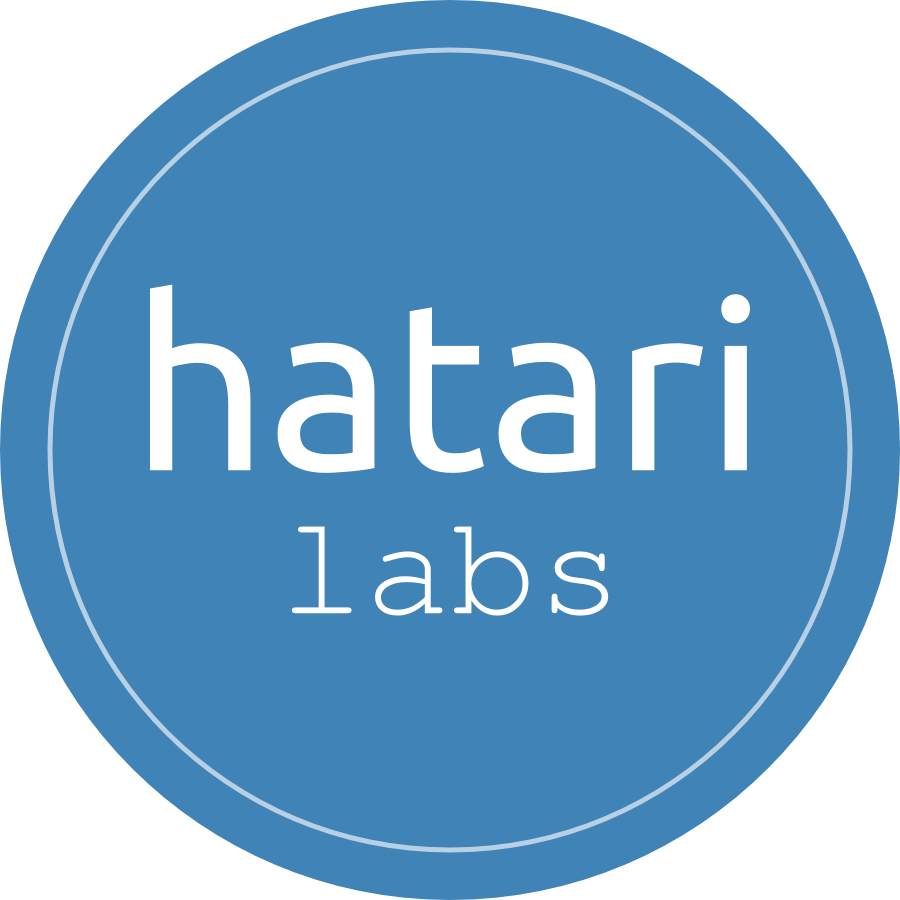Tutorial: Area of Study AsterDEM Download and Basin - Stream Delineation in QGIS
/QGIS is a open source software for spatial analysis and data representation. There are many tools from QGIS for the hydrological/hydrogeological evaluation and modeling. This time we have made a tutorial with the whole procedure of the download process for a AsterDEM only on the extension of an area of study. The DEM was later reprojected on QGIS and processed to get the channel network and drainage basins. The tutorial has the purpose to show how simple is the process of working with QGIS and Processing.
Read More























